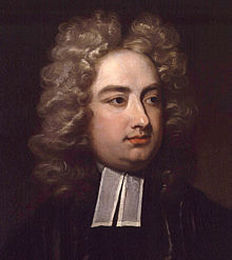 Jonathan Swift (1667-1745) was an Irish satirist, essayist, political pamphleteer, and poet. His most famous works include A Tale of a Tub (1704), An Argument Against Abolishing Christianity (1712), Gulliver's Travels (1726), and A Modest Proposal (1729). 'The Lady's Dressing Room' (1732) Strephon who idealises his mistress' body in typically poetic terms. Once Strephon actually sees Celia's 'real' (human) body, he is repulsed that she is not the odourless, hairless, smooth vision promised to him by the poets.
0 Comments
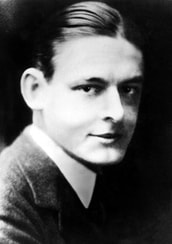 T. S. Eliot T. S. Eliot Thomas Stearns Eliot (1888-1965) was a modernist essayist, playwright, literary and social critic. His most famous works include "The Love Song of J. Alfred Prufrock" (1915), The Waste Land (1922), "The Hollow Men" (1925), "Ash Wednesday" (1930), and Four Quartets (1943). He was also known for his seven plays, particularly Murder in the Cathedral (1935) and The Cocktail Party (1949). He was awarded the Nobel Prize in Literature in 1948, "for his outstanding, pioneer contribution to present-day poetry". As a young man, Eliot wrote several bawdy, scatological poems that were never intended for publication. In 1922, Eliot sold an early notebook full of rude verse to his friend, John Quinn, for $140, with the instructions ''I beg you fervently to keep them to yourself and see that they are never printed.' For the rest of Eliot's life his wishes were honoured, but in 1996 the notebook was published as a collection titled Inventions of the March Hare: Poems 1909-1917. 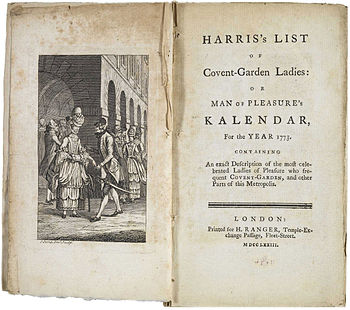 The eighteenth-century literary blockbuster, Harris’s List (1757 to 1795) is featured in the opening scenes of Harlots. Harris’s List was an annual almanac of London sex workers. A forerunner to TripAdvisor, the list detailed the appearance, skills, and prices of up to two hundred women selling sex in the capital. The list seems to have been the result of a collaboration between an Irish Grub Street hack and poet, Sam Derrick, and London Pimp, Jack Harris. Only nine known volumes of the list survived today (1761, 1764, 1773, 1774, 1779, 1788, 1789, 1790 and 1793), and they are scattered throughout various archives around the world. There have been a handful of reprints, but until 2005, if you wanted to see the list, an appointment at an archive and a pair of white gloves would have been required. It wasn’t until historian Hallie Rubenhold undertook the herculean task of researching and editing the list in her publication The Covent Garden Ladies: Pimp General Jack and the extraordinary story of "Harris' List" (2005), that the list was dusted off and shown to the public anew. Rubenhold and her work remain the leading authority in the study of the list. The first ten entries from the 1788 edition are listed below. In 1909, James Joyce, leading light of the modernist movement, lived in Italy with his family. In October of that year, Joyce travelled back to Dublin on a business trip that would last until late December. During that time, Joyce and his wife (Nora Barnacle) wrote a series of highly charged, erotic letters to one another. Sadly, Nora's side of the correspondence is lost, but Joyce's own contribution to the conversation more than makes up for it. His letters are explicit, frequently obscene, intimate, tender and filthy as hell. When it comes to the art of talking dirty, Joyce is the master and will make your most racy sexting feel like a rhyme from Mother Goose; don't say you weren't warned*.
The only complete collection of James Joyce's erotic letters to his wife, exist in Richard Ellmann's, Selected Letters of James Joyce, Faber & Faber, London. These transcriptions are taken from there. *Seriously, these letters contain descriptions of coprophilia and scatology. If you think letters from the author of Ulysses to his wife, written over a century ago, will be a little cheeky at best - you are in for a bumpy ride. This will be some of the most explicit prose you have ever read. You have been warned.
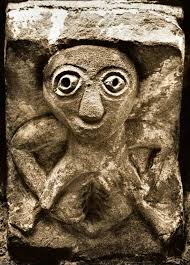 Gwerful Mechain (1460–1502) lived in Mechain in Powys is the only female medieval Welsh poet from whom a substantial body of work has survived. Little is known of her life, but it has been stated that she was a descendant of a noble family from Llanfechain. Probably the most famous part of her work today is her erotic poetry, especially Cywydd y Cedor ("Ode to the Pubic Hair"), a poem praising the cunt. It is a work in which she upbraids male poets for celebrating so many parts of a woman's body but ignoring the vulva. . 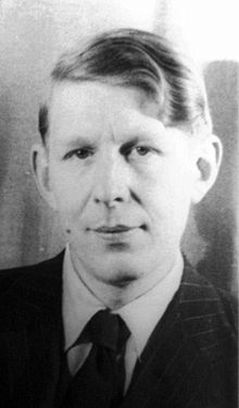 "The Platonic Blow, by Miss Oral" (sometimes known as "The Gobble Poem") is an erotic poem by W. H. Auden. Thought to have been written in 1948, the poem gleefully describes in graphic detail a homosexual encounter involving an act of fellatio. Auden described writing a "purely pornographic" poem in a letter to Chester Kallman in December 1948, as an addition to the "Auden Corpus". Auden jokingly suggesting that Kallman write a similar poem about "the other Major Act" (anal sex) to be published together on "rubber paper for dirty old millionaires" with illustrations by Paul Cadmus. He also wrote the poem to demonstrate his true nature to Professor Norman Holmes Pearson, with whom Auden was collaborating on a poetry anthology. 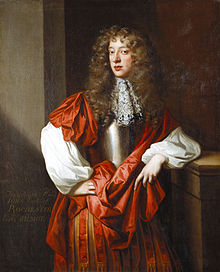 John Wilmot, Earl of Rochester (1647-1680) was an English poet and courtier of King Charles II. He was the poster boy of debauchery, sexual excess and simply dripped with ‘fuck you’. If Cromwell’s parliament had attempted to dam up sexuality, Rochester surfed to notoriety on the tidal wave of sexual repression that was unleashed when the plug was pulled on Puritan rule. Geoffrey Hughes once described Rochester as revelling "a world seen from crotch level" (Hughes, 1998). 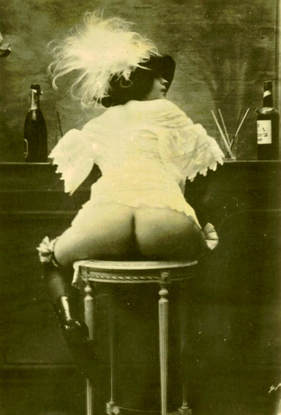 The Pearl was a British underground, pornographic magazine that ran for eighteen issues from July 1879 to December 1880, (with two Christmas supplements). It was published in very limited prints and cost twenty five pounds to buy, which made it prohibitively expensive for all but the professional and upper classes. The Pearl was edited by William Lazenby and had numerous authors (including two flagellant poems by Algernon Charles Swinburne.) After a brief, but brilliant, run, The Pearl was closed down as an obscenity. Far from being deterred, Lazenby went go on to publish three subsequent pornographic magazines, The Cremorne (1882), The Oyster (1883), and The Boudoir (1883). Please note: this material is posted as a historic artefact and must be understood as such. Victorian pornography is representative of its time, and as such is frequently racist, sexist, and homophobic. It often depicts rape, incest and abuse and is uncomfortable to read. This is not modern erotica, please do not approach it as such. |

 RSS Feed
RSS Feed